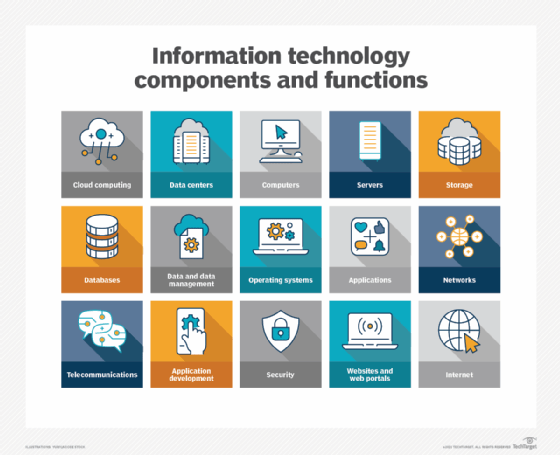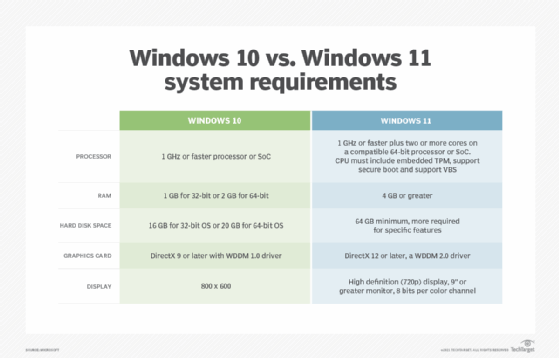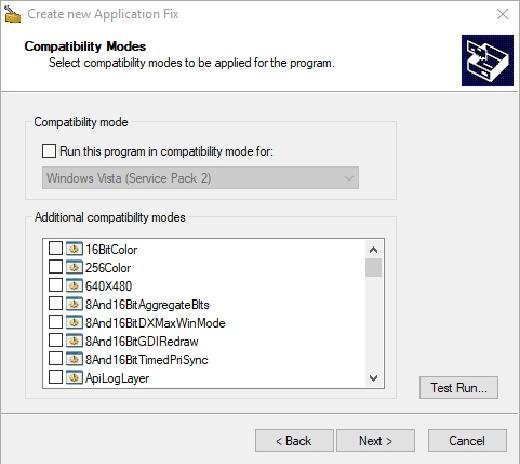compatibility
What is compatibility in IT?
In the world of IT, compatibility refers to the ability of software and hardware from different sources to work together without having to be altered to do so. This means that programs, devices and systems must interact with each other without issues arising.
For a system to be compatible, all components must agree on how they will exchange data and commands. Compatibility also includes compatibility with various operating systems so users can take advantage of features available in one OS but not another.
Compatibility can refer to interoperability between any two products: hardware and software, products of the same or different types, or different versions of the same product.

Why is compatibility important?
Ultimately, compatibility ensures an optimal user experience by verifying computers, components and networks can all work together.
When compatibility is established between different pieces of technology, users are free to use any combination of software or hardware they choose, thus increasing productivity while decreasing costs.
Forward compatibility vs. backward compatibility
When compatibility is discussed, two terms are often used: forward compatibility and backward compatibility.
Forward compatibility refers to compatibility between different versions of the same product, while backward compatibility refers to compatibility between an older version of technology and a new version.

Backward compatibility is usually more difficult as newer technology can use methods or protocols that were not supported in older devices. Nevertheless, it remains important for maintaining data integrity and ensuring customers' purchases remain valid over time. For example, newer 5G cellular-wireless devices are backwards compatible with older 4G devices, and the latest Wi-Fi standard, Wi-Fi 6 (or 802.11ax) is backward compatible with previous generations of Wi-Fi, such as Wi-Fi 5 (802.11ac) products.
Challenges with creating compatible software and hardware
It is important to recognize compatibility can be a challenge at times, and compatibility issues should be addressed as soon as possible.
Whether it is forward compatibility or backward compatibility, research should always be conducted before introducing new technology into an existing system to reduce compatibility issues. It also helps to check with the product manufacturer for compatibility advice.
Finally, there are many tools available that can help test components for compatibility before they are connected or installed (for example, for cross browser testing, hardware compatibility with an OS update, etc.). There are also third-party websites people can turn to as well, such as when building a PC from different components, that can tell if parts are compatible or not. User can also turn to vendor hardware compatibility lists as well. This ensures any potential compatibility problems can be identified and resolved quickly and efficiently.
What if two components are not compatible?
If two components are not compatible, users may need to find a way to bridge compatibility gaps or purchase technology that is fully compatible. For instance, there are also compatibility modes available in some operating systems which allow them to work with software written for older versions of the same OS.

See five reasons software updates are important and learn how VSAN compatibility issues affect performance.
